Newer light fixture technology can allow for integrated controls in a building, increasing functionality. These controls include features like dimmers and motion-sensing lights, along with lamps that change color in pace with your natural circadian rhythm.
Two-way communication in light fixtures is becoming commonplace in commercial buildings. It means that sensors in the lights are providing useful data that allows you to track the system’s performance. You can see how efficient your system is performing, while also creating a comfortable environment for guests and employees.
Let’s take a look at some of the most common uses of commercial lighting controls.
Common Uses of Commercial Lighting Controls
Here are some ways advanced light fixtures are being used in real-world applications.
Occupancy and Scheduling
Lighting controls can sense when a space is occupied or empty. The sensors automatically turn the lights on when someone walks in, adjusting the level of brightness. When the area is unoccupied, the lights turn off, saving on energy costs.
The controls can also be kept on a schedule, turning on a few minutes before opening and shutting off at closing time.
Daylighting
Using lighting controls for daylighting creates a warm and welcoming ambiance in the space. The technology considers the incoming natural light and adjusts accordingly. The area is never too dark or bright.
Did you know we have an entire blog feed dedicated to lighting controls and their available technologies? WE cover everything from a basic introduction to lighting controls to, commercial lighting control strategies, and even smart tech like AI and Bluetooth mesh. For more blogs on lighting controls click here.
Indoor Light Positioning
Retailers can take advantage of indoor light positioning to highlight sales and specialty items as customers walk by. The technology tracks customers’ cell phones by connecting to the lights. Stores can send special discounts on a product the consumer is looking at, increasing sales.
Task Tuning
Not everyone wants the same level of brightness for specific tasks. Ambience improves employee performance and efficiency. Lighting fixtures that include task tuning controls adjust the lights’ brightness to the preferred level. Task tuning controls also adjust the color temperature to create the ideal ambiance.
Asset Tracking
You can use lighting controls to track inventory and supplies. Asset tracking uses sensors on the items that connect with the light fixtures. You can follow the item throughout the warehouse or facility.
Some real-world applications include finding a specific item in a multi-story commercial building. Airports and hospitals can use the lighting control to find wheelchairs not returned to the desk.
Asset Management
Asset management is a self-reporting control that allows you to track the health of your lighting system, preventing costly problems.
The control platform also boosts energy savings by automatically adjusting lighting and airflow when the area is occupied.
Some system integrations allow you to manage your HVAC and lighting on one platform, increasing your energy savings opportunities.
Commercial Lighting Controls from Action Services Group
These are only a few ways commercial building owners and managers are using lighting controls to create optimal spaces for customers and employees, while also reducing energy costs.
Let us help you put lighting controls to use in your building. Our knowledgeable lighting control specialists can answer any of your questions and help you choose the right light control technology for your commercial space. Speak to one today by calling 610-558-9773, emailing [email protected], or schedule a call that fits your needs by clicking the button below.

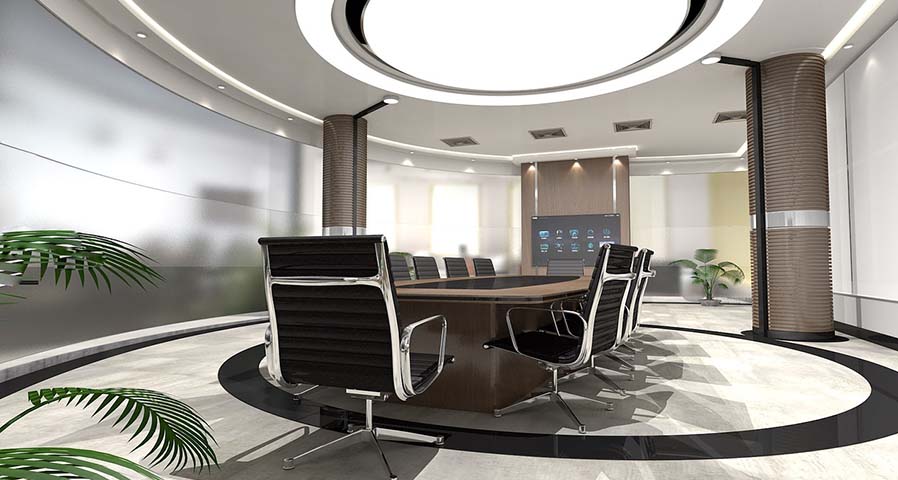
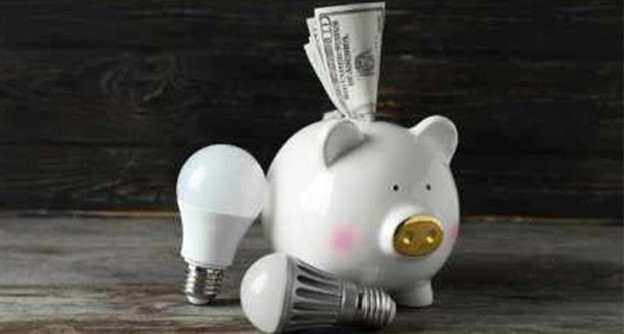
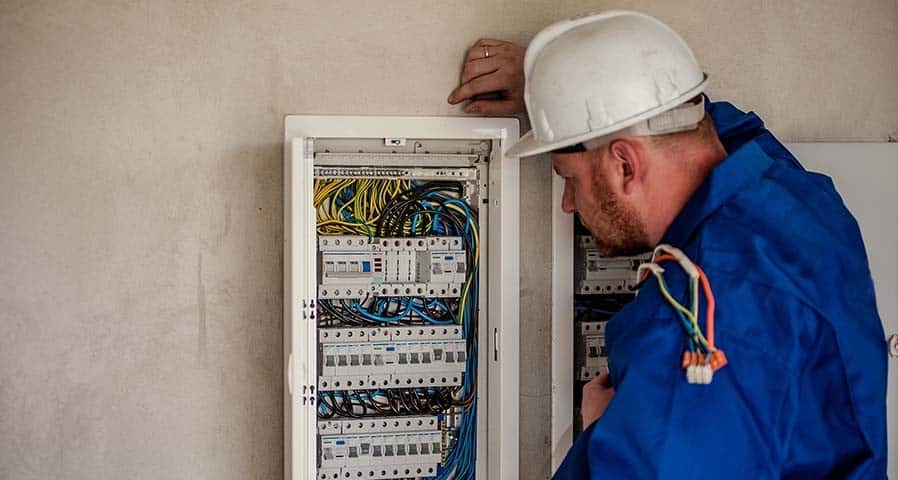
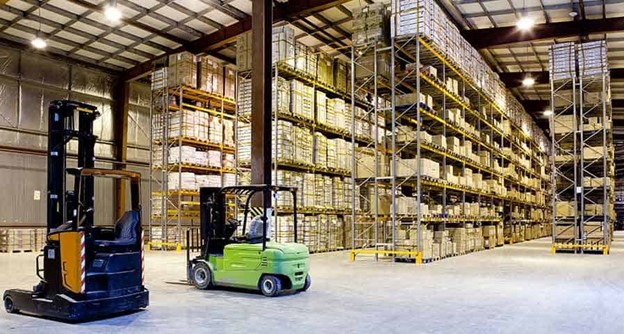
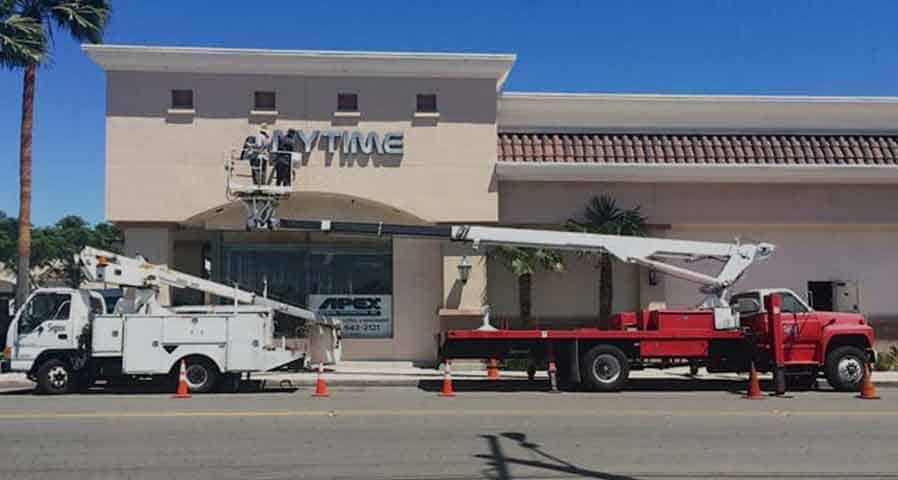

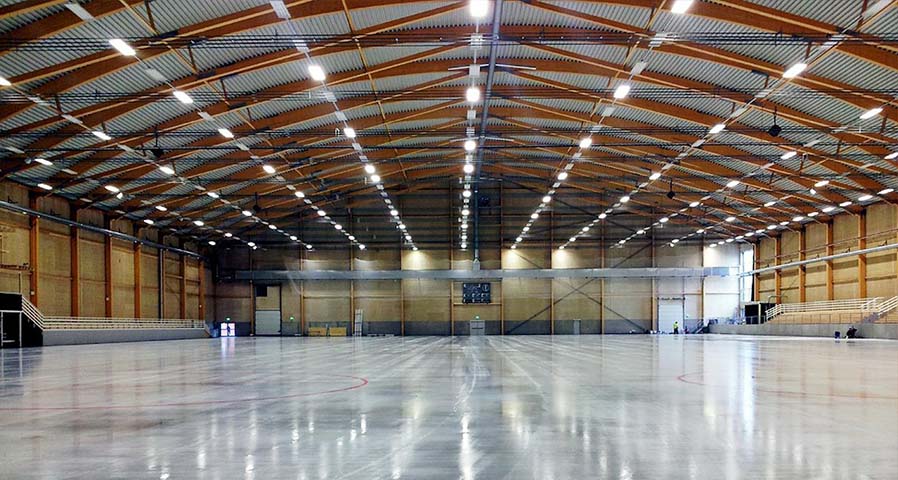
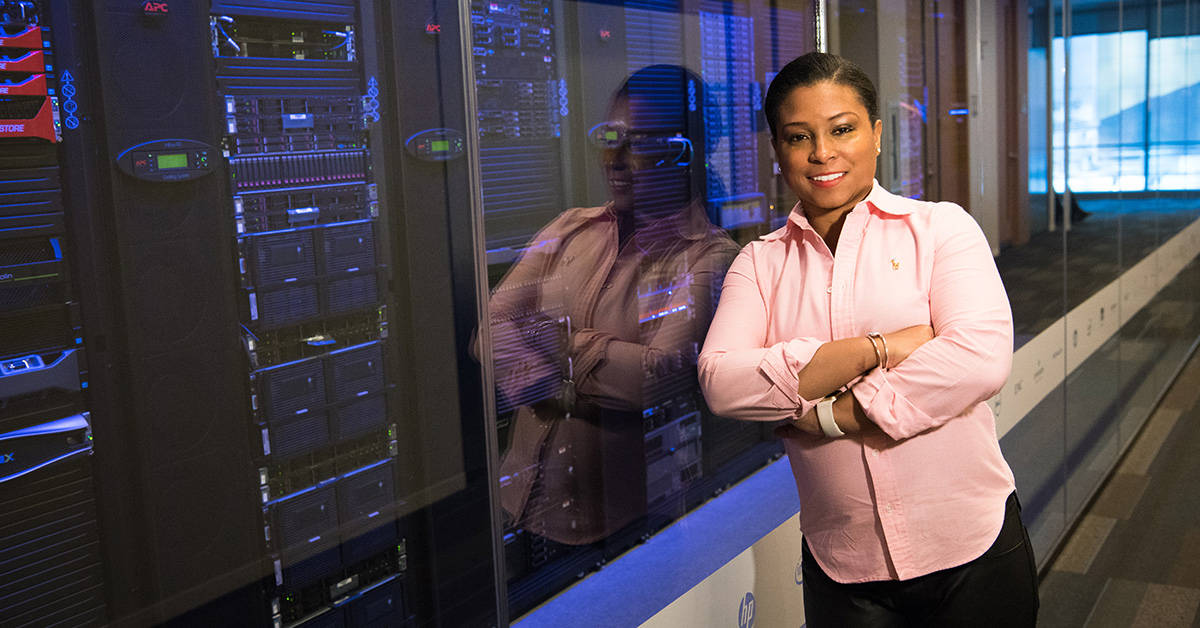







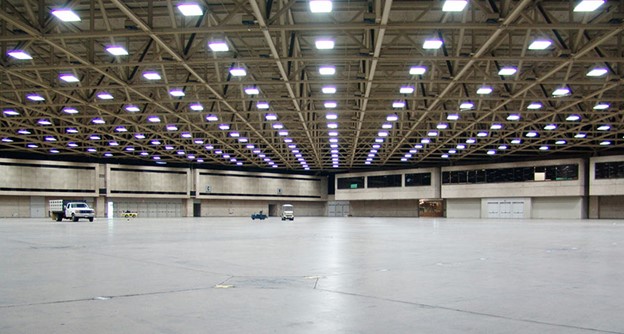
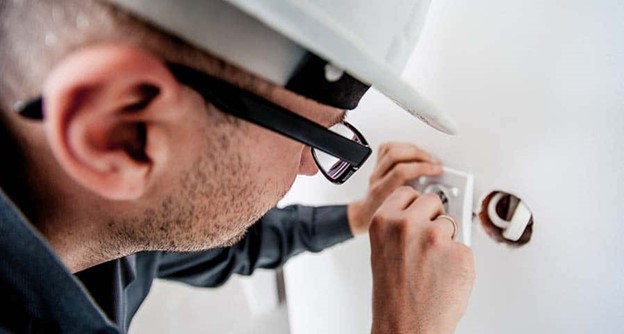

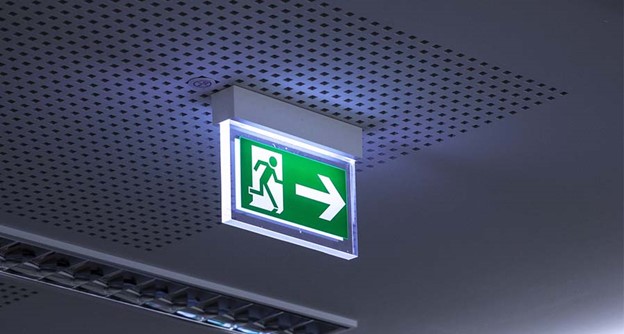
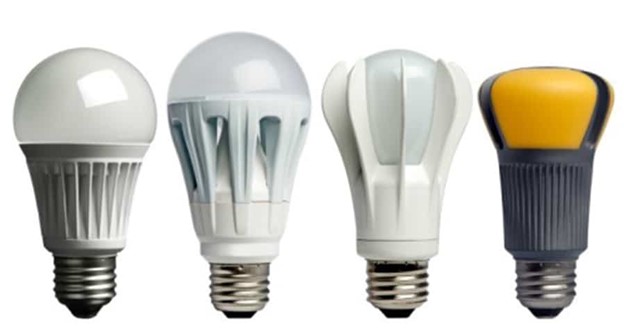
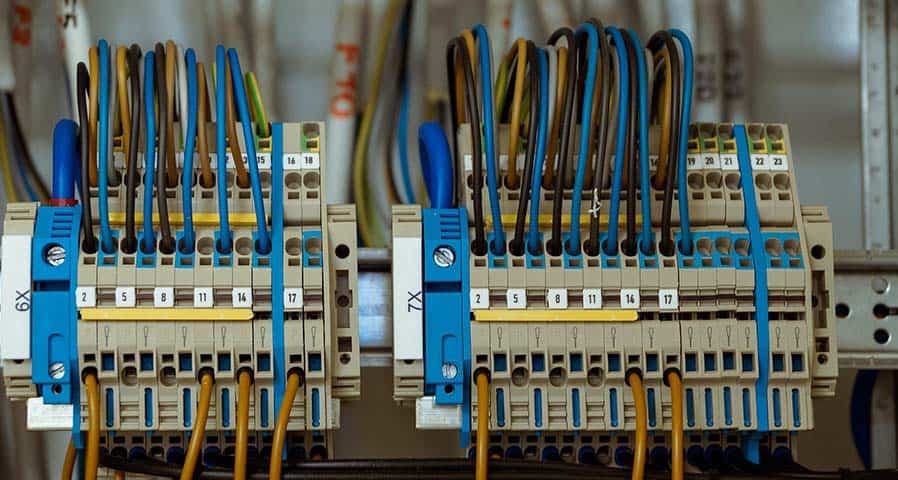
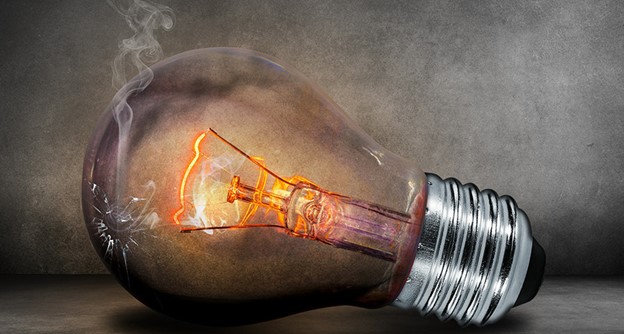
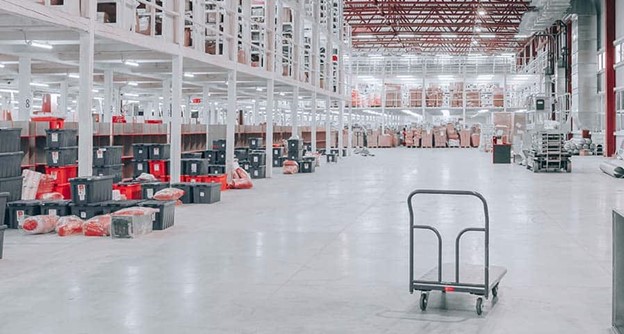

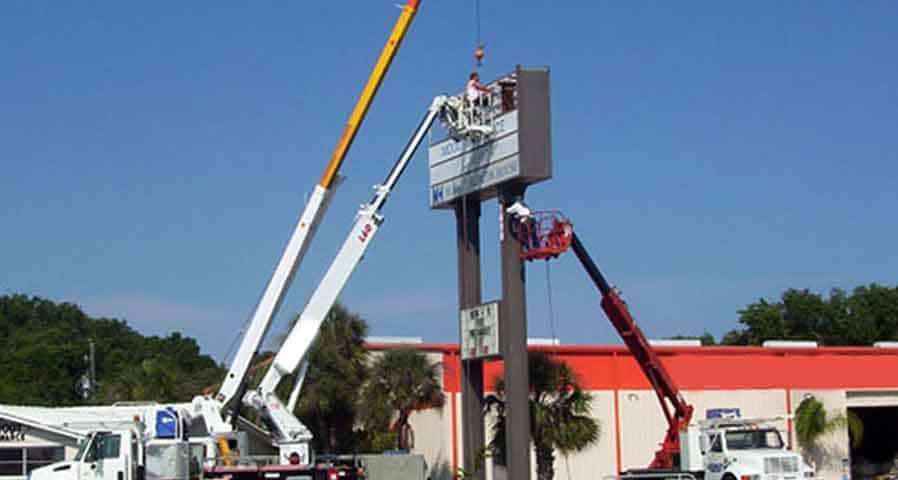

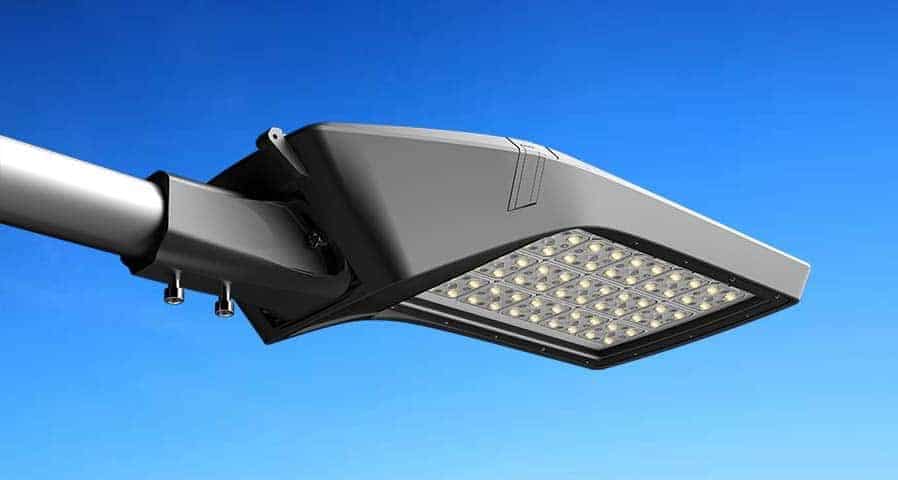
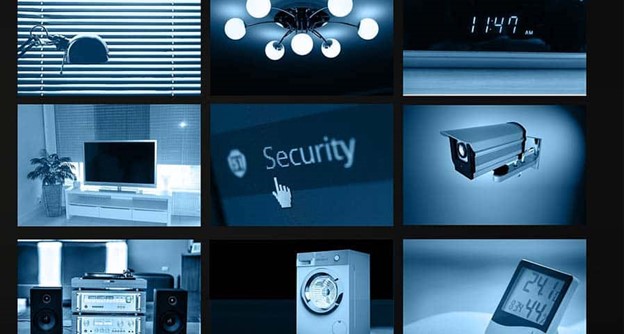

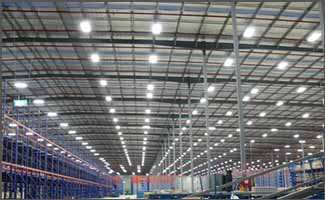
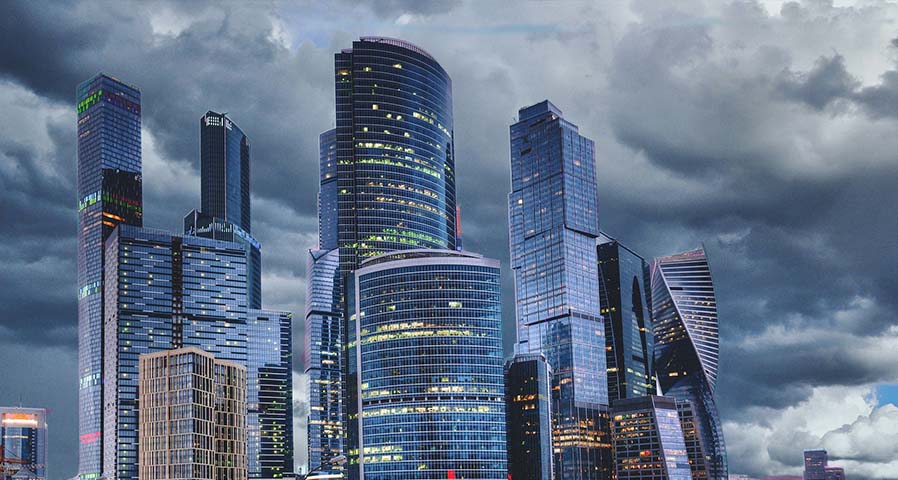






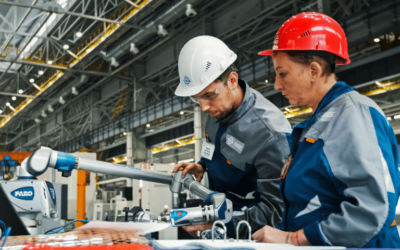
0 Comments